10 once-popular foods that have fallen out of favor

- Some once-popular foods have fallen out of favor in recent years due to changing tastes and Americans striving to eat healthier.
- Retro foods like savory Jell-O salads are enough to make anyone's stomach turn, so it's no wonder that no one eats them anymore.
- Data shows interest in canned tuna and cottage cheese is waning too.
Food trends change year after year, and some foods that were once really popular have fallen out of favor with American cooks and foodies.
From savory Jell-O salads to retro recipes like meatloaf and Ambrosia salad, these foods are less popular than they used to be.
Here are 10 once-popular foods that practically no one eats anymore.
Ambrosia salad has fallen out of popularity since its peak in the early 1900s.
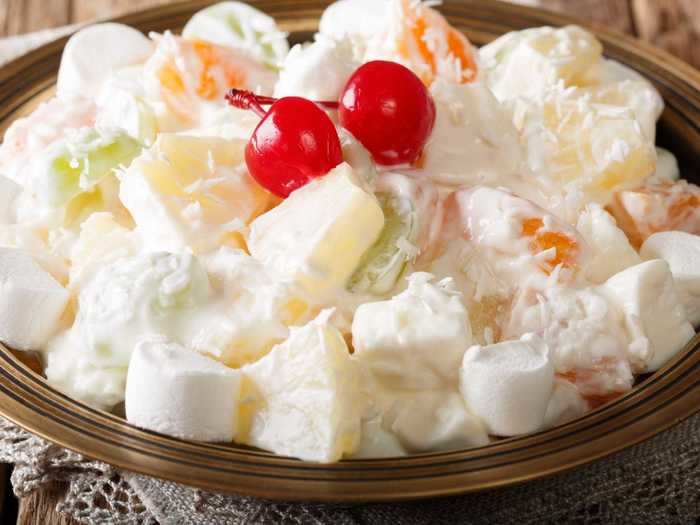
Ambrosia salad may be a favorite among Southern cooks and grandmas, but the cold dessert salad is nowhere near as popular as it once was.
Made with pineapple, mandarin oranges, coconut, marshmallows, and sour cream, Ambrosia salad was popular in the 1950s. However, not many people make the dessert salad anymore, unless it's a tradition they've stuck with over the years.
Frozen meals or "TV dinners" are much less popular today than they used to be.
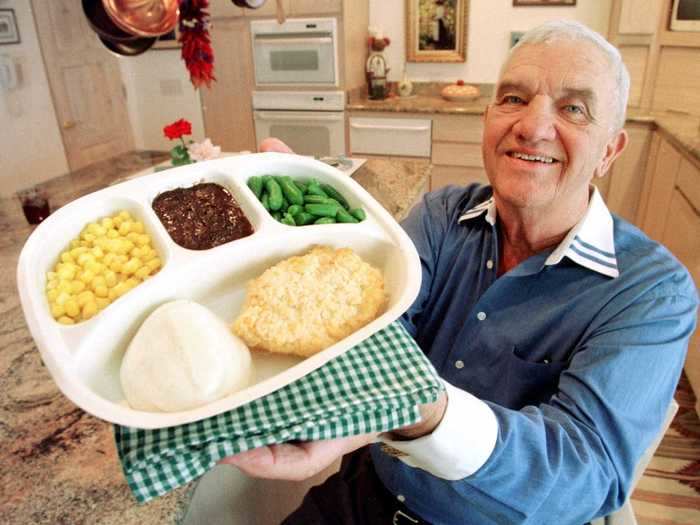
Microwaveable frozen meals, which are also referred to as "TV dinners," were extremely popular during the 1950s. However, in recent years, TV dinners have largely fallen out of popularity.
In 1953 alone, Swanson, a leader in frozen meals, sold more than 25 million frozen meals, according to The Atlantic. However, frozen meal sales since 2008 have essentially flat-lined or declined as consumers turn towards "healthier," fresh dinner options.
In recent months, frozen dinners and other frozen foods have seen a surprising surge in sales as a result of the coronavirus pandemic, though it's unclear how long this momentum will last.
Jell-O and other congealed foods are also way less popular now.
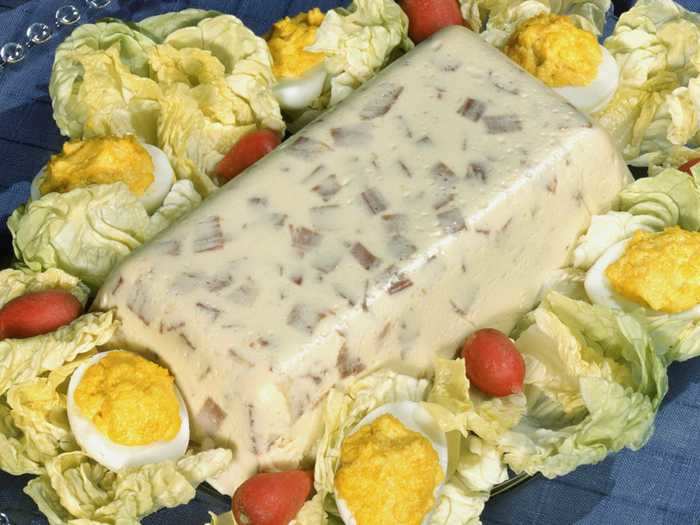
In the early 19th century through the 2000s, Jell-O was a popular staple for parties and more. Jell-O salads could range from sweet to savory and include everything from canned pineapple and carrots to shrimp and leftover meat.
Today, you might still find some packets of Jell-O on grocery store shelves. However, savory Jell-O dishes, like the Jell-O salad pictured above, have largely fallen out of favor in cooking today — and can look downright nauseating to modern-day foodies.
Fondue was another super popular at-home meal in the 1970s — but not too many people make the dish anymore.
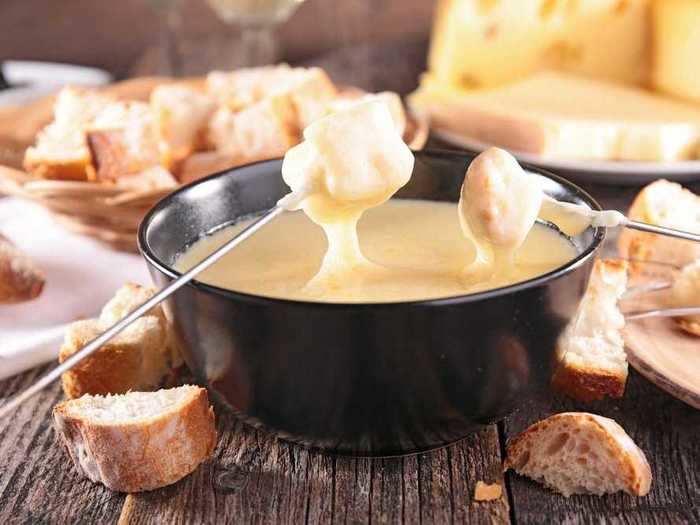
Fondue was a really popular dinner during the 1970s, as party guests could crowd around a hot pot of melted cheese. However, over the years, fondue became less fashionable. The food became seen as difficult to prepare and messy to clean up, as well as old-fashioned.
Meatloaf is another classic recipe that likely isn't as popular as it used to be.

To be fair, many Americans still love and eat meatloaf just as often as they did in years past. However, meatloaf is most often remembered as a nostalgic childhood food from the 1950s through 1990s, and less as a trendy meal of today.
One reason this retro dish might not be as popular as it once was is the greater number of Americans trying to cut out increasing amounts of meat from their diets. A study by market research group Mintel found that nearly 40% of consumers say they have cut back on red meat.
It's also rare for people to eat Baked Alaska nowadays.

Baked Alaska, a kind of ice cream cake coated in a shell of meringue and baked in the oven, was once considered the height of dessert sophistication.
However, after its peak in the 1950s, Baked Alaska became increasingly less popular due to how difficult it was to make and the rise of other desserts like red velvet cake, Black Forest cake, and Texas sheet cake.
Sugary fruit juices like Sunny D also used to be hugely popular.

Kids who grew up with drinking sugary, sweet Sunny Delight, or "Sunny D," can probably attest to the fact that it's nowhere near as popular as it used to be.
In 1999, Sunny D was the 12th-best-selling brand in the United Kingdom and the third-highest-selling drink, behind Coca-Cola and Pepsi. However, Sunny D would later be scrutinized for its high sugar content and lack of natural benefits — North American Sunny Delight contains less than 2% concentrated orange juice.
As Sunny D's "unhealthy" reputation grew, sales declined from nearly $292.8 million to $188.8 million between the years 2005 and 2014, according to Euromonitor International data cited by The Wall Street Journal.
However, Sunny D isn't the only kids' juice to be affected by changing tastes over the years. According to the Wall Street Journal, fruit juice, in general, is on the decline. According to a recent CivicScience survey, 38% of parents said they were buying less fruit juice than the previous year, and only 22% said they packed fruit juice in their children's school lunches.
Cottage cheese was big in the mid-1900s but is less popular today.
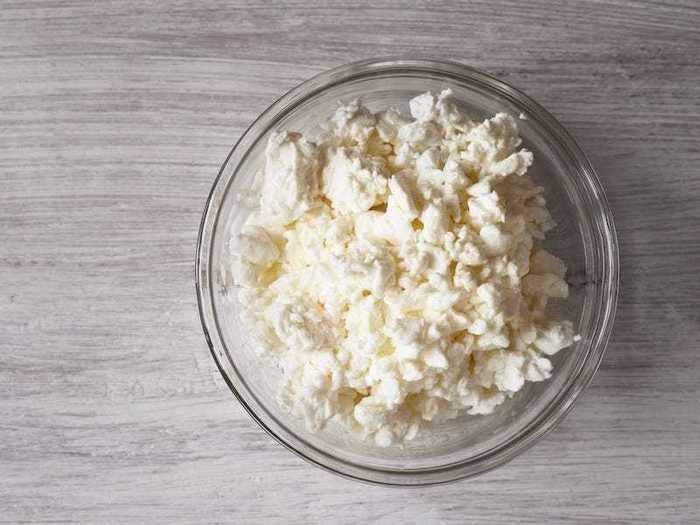
Cottage cheese soared in popularity as a diet food in the 1950s through the 1970s, when the average American ate about 5 pounds of cottage cheese per year, according to the US Department of Agriculture and NPR.
However, in recent years, many Americans have fallen out of love with cottage cheese and turned instead towards yogurt and other low-calorie dairy options.
In 2015, yearly cottage cheese consumption had fallen from 4.6 pounds in 1975 to 2.1 pounds. On the other hand, yogurt had risen in popularity during the same time period from 2 pounds to 14.9 pounds per year.
Canned tuna has lost popularity, too.
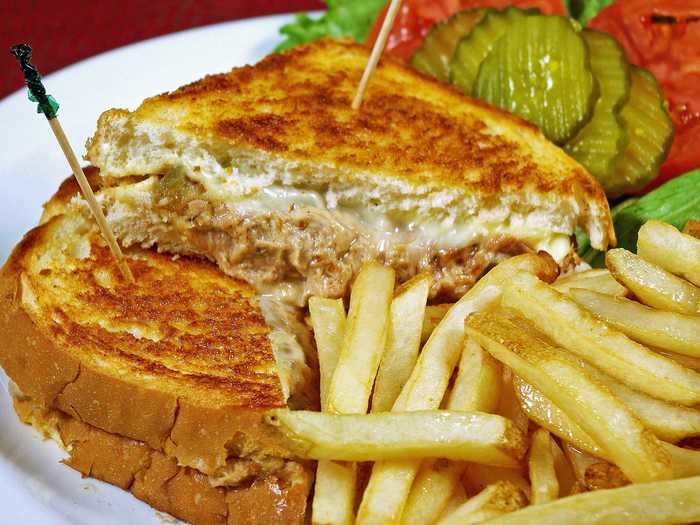
While canned tuna might be one of the most versatile and long-lasting items to have in your pantry, the kitchen staple has fallen out of popularity in recent years.
According to a report by the Wall Street Journal, which analyzed data from the US Department of Agriculture, per capita consumption of canned tuna has dropped 42% in the three decades up until 2016.
One possible reason for this decline in tuna consumption could be due to a lack of interest from younger consumers.
According to data from market research firm Mintel in 2018, 32% of consumers between the ages of 18 and 34 recently bought canned fish or shellfish, compared to 45% of those 55 years old and older.
Whole milk has been swapped out for other alternatives like low-fat or even nut milk.
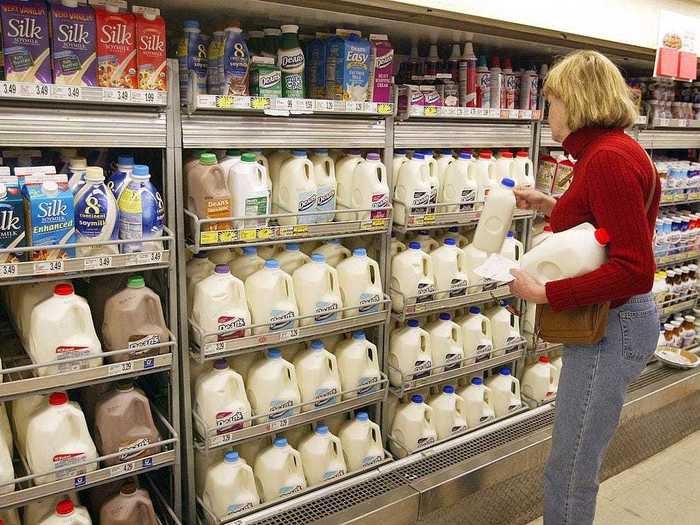
In years past, it wouldn't have been uncommon to sit down to breakfast with a glass of whole milk. However, as people nowadays are much more willing to try out different dairy alternatives, whole milk is considerably less popular than it used to be.
According to Nielsen data, sales of different kinds of non-dairy milk have risen 23% since 2015.
However, whole milk could be on the up-and-up. According to Dairy Foods, in 2019, whole milk was the only dairy subcategory to see slight growth from years past, up 0.5% in unit sales.
- Read more:
- I tried vintage recipes from a '50s cookbook and I see why Jell-O salads aren't popular anymore
- 7 unusual vintage Thanksgiving dishes that no one makes anymore
- Vintage photos show how glamorous airline dining was in the past
- French fries in ice cream, pickles and peanut butter, and other bizarre food combinations people love
READ MORE ARTICLES ON
Popular Right Now
Advertisement